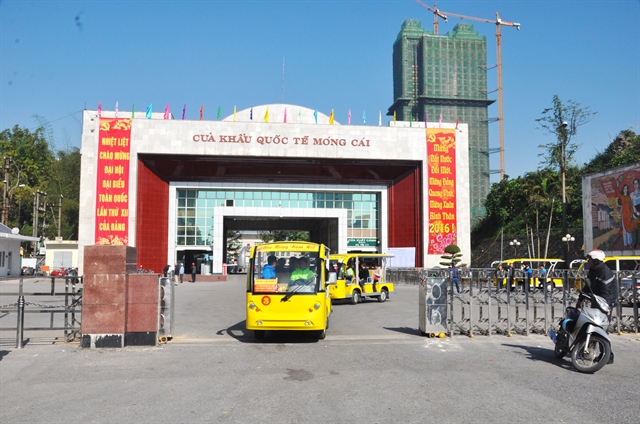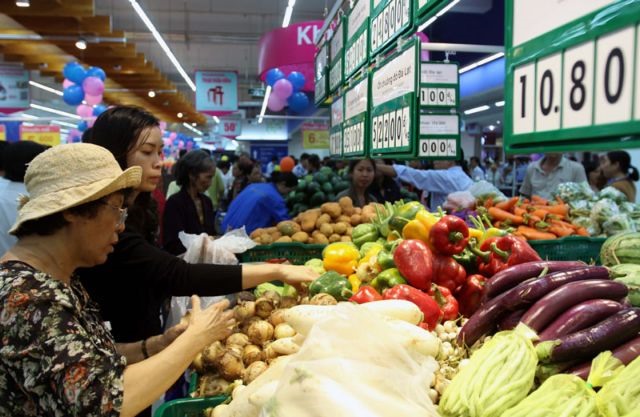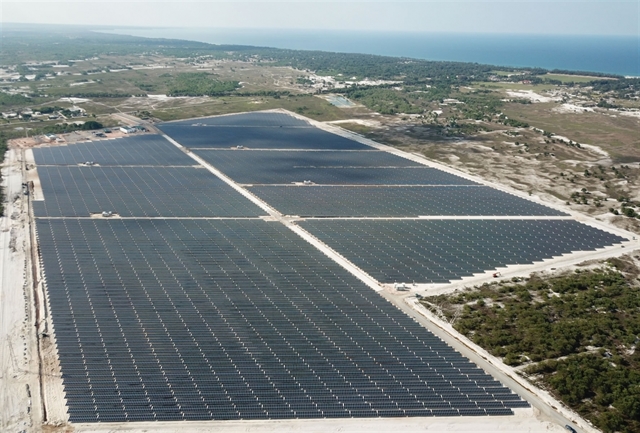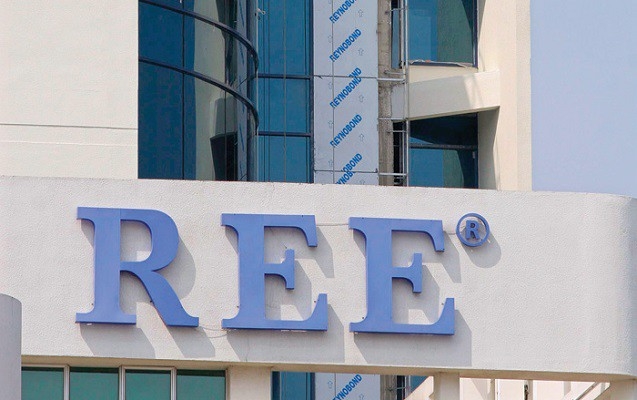
HÀ NỘI The northern province of Hải Dương is taking the necessary measures to export fresh lychees to Japan in 2020.
In late 2019, Japan officially announced that it would open the door for Vietnamese lychees following more than five years of negotiations between the Vietnamese Plant Protection Department and the Ministry of Agriculture, Forestry and Fisheries of Japan (MAFF).
After receiving the department’s document on requirements for lychees exported to Japan, Hải Dương province’s Department of Agriculture and Rural Development asked the People’s Committees of Thanh Hà District and Chí Linh City, which grow lychees, to register new regions that grow lychees for export in 2020.
The localities were asked to check plantations that supply lychees to the US, Australia and the European Union, and finish area codes for regions that meet criteria to export the fruit to Japan in February.
The provincial Plant Protection Sub-department will provide support for exporters and help connect them with lychee growers, and supervise plant quarantine. The department said it had contacted several potential exporters inside and outside the province to start promotions and seek Japanese partners. It was also preparing to provide technical guidance for farmers.
Vietnamese lychees exported to Japan must be grown in gardens supervised and granted area codes by the Plant Protection Department, and comply with Japan’s regulations on plant quarantine and food safety.
Exported batches must be packed and treated with Methyl Bromide at facilities recognised by the Plant Protection Department and the MAFF with the minimum dosage of 32g/m3 for two hours under the supervision of Vietnamese and Japanese plant quarantine officers.
They must be enclosed with a phytosanitary certificate issued by the Plant Protection Department.
Hải Dương Province has about 10,000 hectares of lychee mostly in Thanh Hà District and Chi Linh City. In particular, over 300ha of VietGAP certified lychees and over 80 percent of the production area are run under the VietGAP process. Currently, 13 areas covering over 130ha have been granted export codes to the US, Australia, the EU and the Republic of Korea.- VNS






























